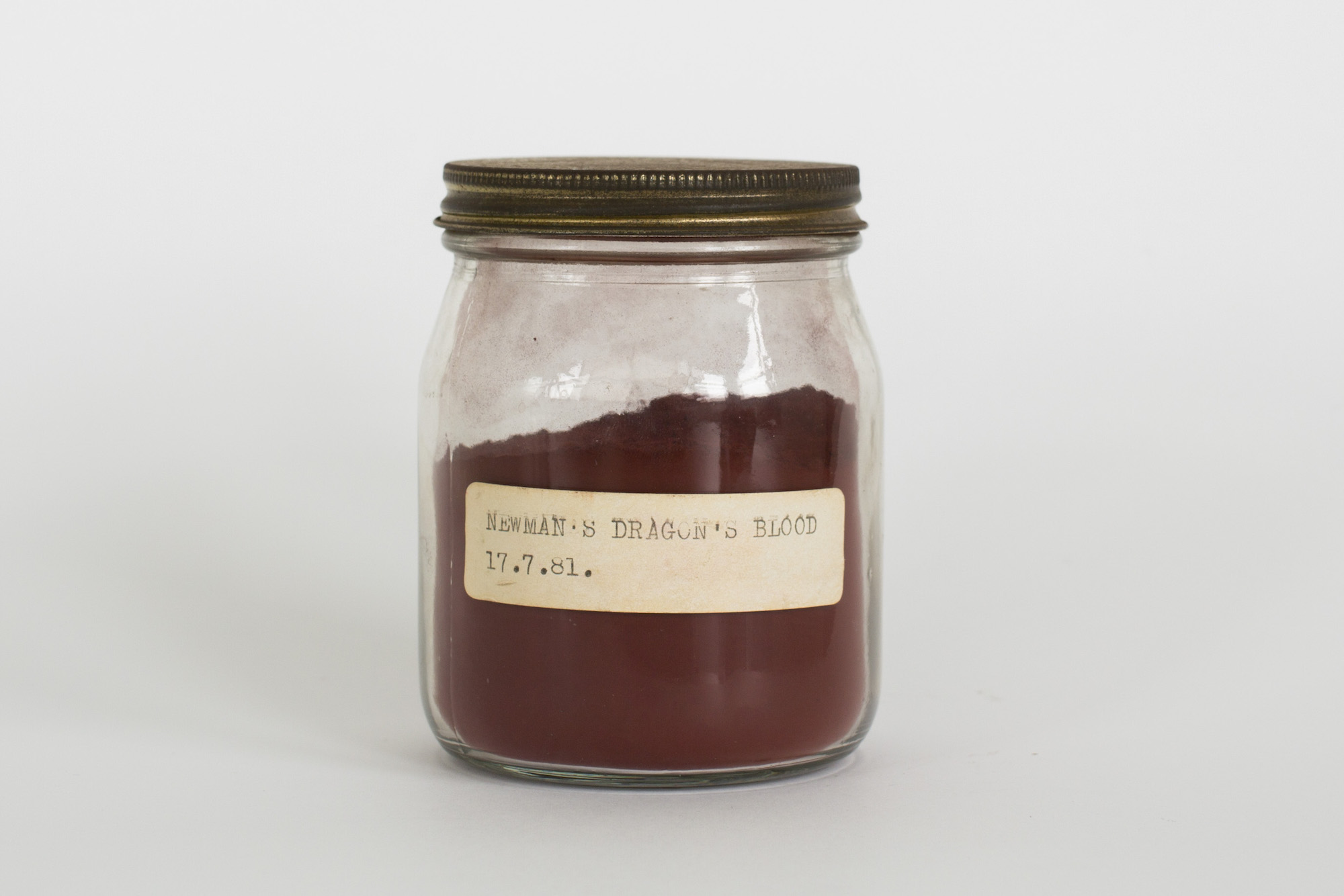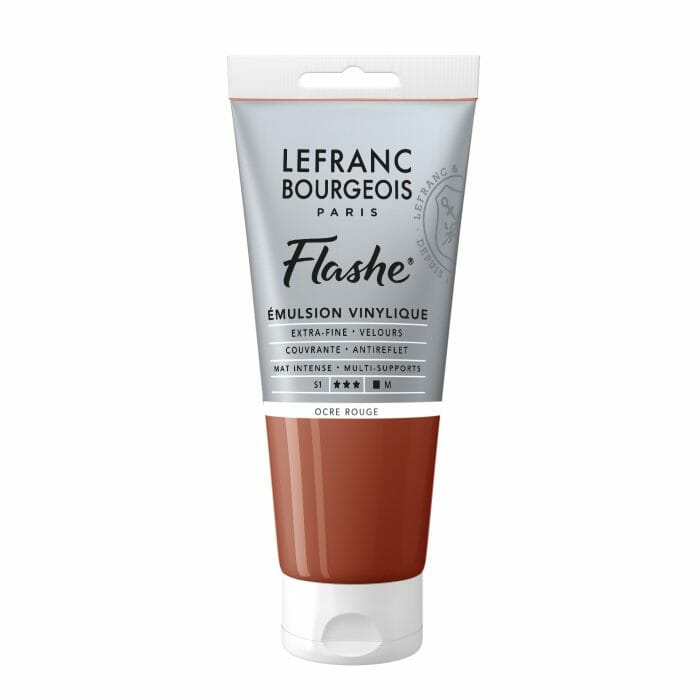
Photographed in the Winsor & Newton © Louise Benson
Red Ochre has been used as an artistic tool for approximately 60,000 years, dating back to when homo sapiens first began painting cave walls and staining objects. The deep, earthy tones derived from the mineral hematite are found in ancient forms of art making across the world, where they were used to paint and dye cloth, often as part of burial rituals.
“Researchers believe that this naturally occurring red explicitly related to ideas of life and death in ancient times”
Red Ochre even appears in the world’s earliest known ‘painting kit’ discovered in Blombos Caves east of Cape Town. Consisting of a shell and stone, the mineral would have been ground up and mixed with liquid to create a pliable paint. Researchers believe that this naturally occurring red explicitly related to ideas of life and death in ancient times, due to its proximity to the colour of blood.
Red Ochre has continued to serve as a go-to colour for artists looking to create dramatic, naturalistic scenes. Rembrandt used it to create masterful depth in his shadowy canvases, while Mark Rothko was known for using various ochres in his intense, emotive abstractions. The spiritual significance of the pigment also remains, as demonstrated by the Australia Council for the Arts Red Ochre Award
for lifetime achievement, which is given to artists who are recognised for their practice and contribution to the First Nations community.









